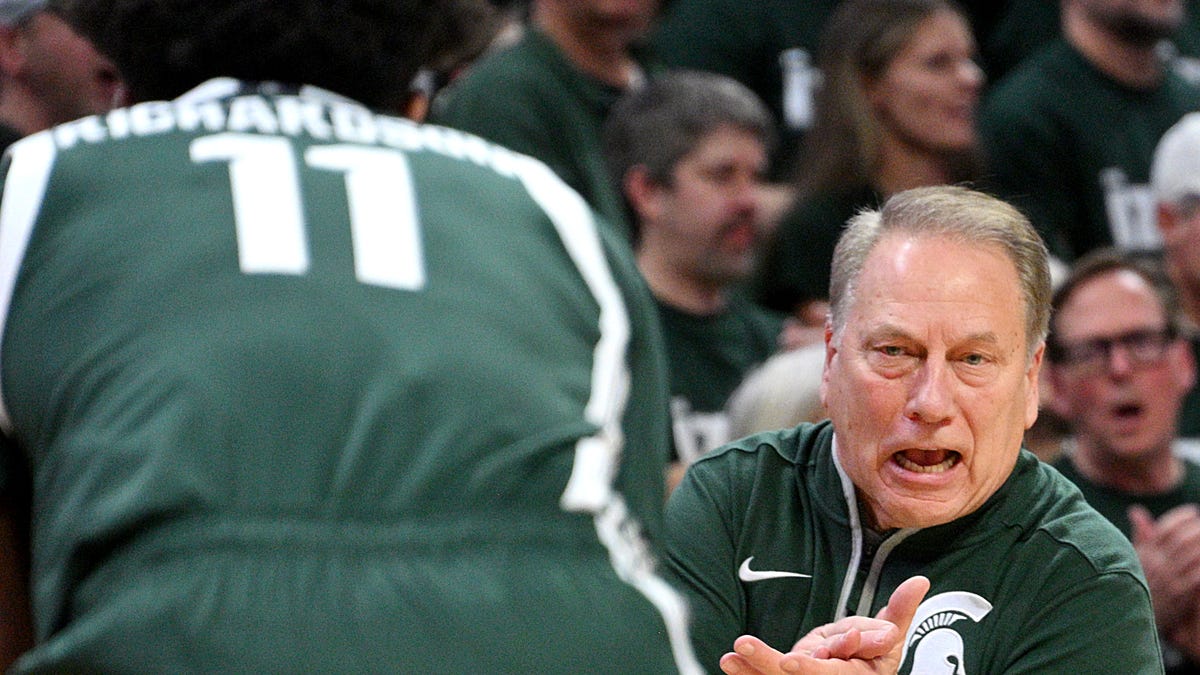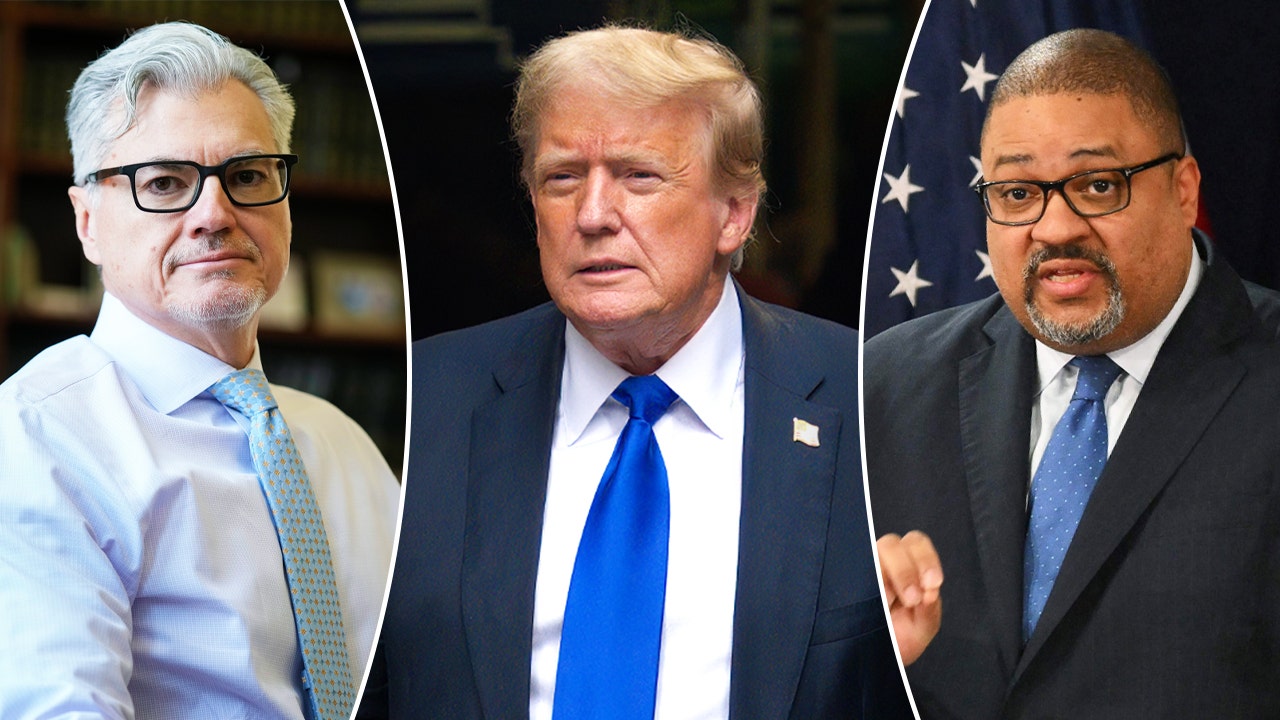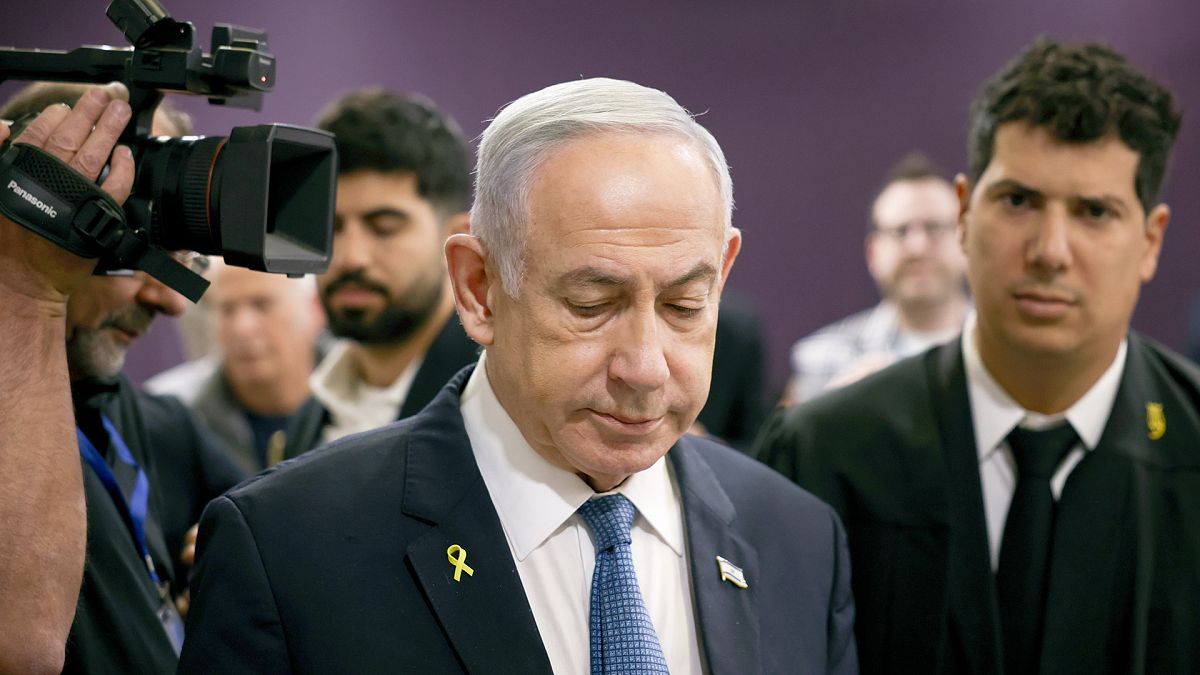San Diego, CA
Police searching for suspect who sexually assaulted San Diego State student

SAN DIEGO (KGTV) — The San Diego Police Department says it is searching for a suspect who sexually assaulted a San Diego State University student. According to police, the assault happened on Sunday, when the student got into a car they thought was a rideshare vehicle.
At some point during the ride, they were assaulted, SDPD says.
ABC 10News sent a reporter to SDSU’s campus to get reaction from students.
Some people didn’t even know anything happened, while others received an alert via email. Even with the alert from SDSU’s system, details were limited.
According to the alert, the victim was dropped off near 70th and Saranac streets, which is off campus. The ride started at an unknown location, possibly near the College Area. Police have not released information about how long the ride was, nor its exact route.
Both SDSU’s police and SDPD increased its presence on campus recently because of the start of the fall semester. Some people ABC 10News spoke to on campus definitely noticed there were more officers around.
A lot of freshman are on campus during this busy part of the academic calendar. Outside of classes, recruitment for Greek life was underway as well.
The victim’s gender has not been released yet. 10News spoke with several groups of women on campus.
They say using rideshares like Uber or Lyft is part of their day-to-day life.
Many of them take precautions, such as sharing their location with a friend, if they are catching a ride.
One freshman from Denver says she feels safe on campus, but she was alarmed about the assault.
“It’s just like scary that we never know where we are, especially in a new place and getting into a random car,” Elise Duty says. “You don’t know if you’re getting into the right Uber, and especially being out late at night. I don’t know — it’s just really scary as, like, a female especially.”
Police and SDSU have not released a suspect description at this point. Details are limited as SDPD continues its investigation.
If you have any information about this case, reach out to police at 619-531-2210.

San Diego, CA
Macy’s reveals locations of closing stores, including 2 in San Diego County

Macy’s revealed the locations of 66 stores, including nine in California that will be closing as part of the department store chain’s Bold New Chapter strategy. Two are in San Diego County.
The plan to close approximately 150 stores over a three-year period was announced last year but Macy’s hadn’t announced any of the locations until now.
“Closing any store is never easy, but as part of our Bold New Chapter strategy, we are closing underproductive Macy’s stores to allow us to focus our resources and prioritize investments in our go-forward stores, where customers are already responding positively to better product offerings and elevated service,” said Tony Spring, chairman and chief executive officer of Macy’s, Inc.
Here’s a list of locations Macy’s plans on closing in California:
- 750 W. 7th St. in The Bloc (Los Angeles)
- 2838 S. El Camino Real (San Mateo)
- 6000 Sunrise Mall (Citrus Heights)
- 300 Westminster Mall (Westminster)
- 200 Newpark Mall (Newark)
- 1555 Camino De La Reina (San Diego)
- 2015 Birch Rd. Suite 2 in Otay Ranch Town Center (Chula Vista)
- 1400 Redwood Highway in Village at Corte Madera (Corta Madera)
- 414 K St. in Downtown Plaza (Sacramento)
Closures have also been announced in Arizona, Colorado, Florida, Georgia, Idaho, Illinois, Louisiana, Maryland, Massachusetts, Michigan, Minnesota, Missouri, New Jersey, New York, Ohio, Oregon, Pennsylvania, Tennessee, Texas, Virginia and Washington. A complete list of the 66 stores can be found here.
Macy’s stated there are 350 “go-forward” stores they will continue to invest in.
San Diego, CA
San Diego hotels step up to help Los Angeles evacuees

SAN DIEGO (KGTV) – As the Los Angeles wildfires displace thousands of residents, San Diego hotels open their doors to help, offering discounted rates.
The Los Angeles County Sheriff’s Office confirmed with ABC 10News that 180-thousand residents have been displaced by the wildfires as of Thursday morning.
With that, San Diego’s hotel industry is responding to the call for help, welcoming any evacuees from LA who are seeking shelter.
One of those hotels is Omni San Diego.
Charles Cho, General Manager of Omni San Diego, said he put out a rate for Los Angeles evacuees that is substantially below their normal rates.
“We just want to make sure we share our rooms, since we have them, with those who need them the most,” Cho said. “There’s still a lot of hotels in between us and where the fire is, but hey, if they’re willing to come down here, we’re ready for them.”
Cho said as soon as he heard about the wildfires, he checked Omni’s occupancy to see what they could offer.
As of Thursday, Omni is already helping one evacuee.
“Hospitality really is all about making friends, and it’s about building relationships,” Cho said.
Cho is not alone in his intentions to help LA residents.
According to the San Diego Tourism Authority, more than two dozen hotels across San Diego came together on Thursday to offer assistance to Los Angeles evacuees, and both the Tourism Authority and San Diego Lodging Association put the list of hotels together and published it online.
Fred Tayco, Executive Director of the San Diego Lodging Association, said, “We very quickly got the impression that the news was paling in comparison to what they were seeing on the ground. If you are evacuating and you are negatively impacted, the doors are open. “
Kerri Kapich, Chief Operating Officer at the San Diego Tourism Authority, said all the hotels will be offering their own special rates. The rates will all expire at different times.
“There are discounts in terms of no parking fees, resort fees for pets, and other things like that,” Kasich said. “At the end of the day, we’re here to help. LA is our neighbor. They’re our friends, our family. We just want to do everything that we can during this heartbreaking time.”
To see the list of San Diego hotels offering assistance to LA wildfire victims, visit The San Diego Tourism Authority website or The San Diego Lodging Association’s website.
San Diego, CA
Los Angeles fire evacuees get help from San Diego hotels

As evacuees from the Los Angeles fires search frantically for temporary lodging, many of them are reaching out to San Diego County hotels, which have mobilized to provide deeply discounted room rates.
The San Diego Tourism Authority, in tandem with the local lodging association, has created a web page with a growing list of discounted accommodations, from the Bahia Resort Hotel and Catamaran to the Rancho Bernardo Inn and La Jolla Shores Hotel.
San Diego-based Evans Hotels, which has properties in the Mission Bay area and La Jolla, already has about two dozen bookings from L.A. residents forced to leave their homes following multiple firestorms in Pacific Palisades, Malibu and Altadena. Many simply want to get away from the smoke and fire blanketing Los Angeles right now, said Robert Gleason, CEO of Evans Hotels, which operates the Bahia and Catamaran resorts, in addition to the Lodge at Torrey Pines.
According to the lastest estimates from fire officials, there are more than 9,000 homes, businesses and other structures that have been destroyed by the Palisades and Eaton fires burning across Pacific Palisades and Altadena, which is near Pasadena.
Gleason said that at the Bahia and Catamaran hotels, Evans Hotels is offering 25% off standard room rates, 40% off suites, and a waiver of resort, parking and pet fees.
“We started getting calls first thing yesterday morning from evacuees, trying to book a reservation because hotels in L.A. were filling up pretty quickly,” Gleason said Thursday. “The reality is that none of the guests staying with us really want to be with us but are here out of necessity.
“We had a call with the executive committee of the San Diego County Lodging Association this morning, and everyone is trying to do whatever they can. In the lodging business we get to participate in really joyous times for people and also in times of great stress and challenge for people. We see both extremes.”
The Tourism Authority has assembled a list of offers that is being continually updated on a website it created related to fire relief. Among the more generous discounts is 50% off at the Park Hyatt Aviara Resort in Carlsbad; a $99 daily rate at Humphreys Half Moon Inn on Shelter Island; and 50% off available rates at the La Jolla Shores Hotel and La Jolla Beach and Tennis Club. Expiration dates vary from property to property.
“We were monitoring conditions in San Diego to see if we would have any challenges here, but so far conditions look good,” said Kerri Kapich, chief operating officer for the Tourism Authority. “We had heard from a few hotels along the beach areas that they had calls from L.A. residents, and then thought we’re in a situation where we can reach out to our membership and other hotels in the community to see if they’d like to put offers out there. It’s gratifying to see hotels are doing that.”
In addition to local hotel discounts, Airbnb also has announced that it, too, is reaching out to those made homeless by the Los Angeles wildfires. It is offering free, temporary housing via a partnership with 211 LA to connect with those impacted by the fires.
-

 Business1 week ago
Business1 week agoThese are the top 7 issues facing the struggling restaurant industry in 2025
-

 Culture1 week ago
Culture1 week agoThe 25 worst losses in college football history, including Baylor’s 2024 entry at Colorado
-

 Sports1 week ago
Sports1 week agoThe top out-of-contract players available as free transfers: Kimmich, De Bruyne, Van Dijk…
-

 Politics1 week ago
Politics1 week agoNew Orleans attacker had 'remote detonator' for explosives in French Quarter, Biden says
-

 Politics1 week ago
Politics1 week agoCarter's judicial picks reshaped the federal bench across the country
-

 Politics6 days ago
Politics6 days agoWho Are the Recipients of the Presidential Medal of Freedom?
-

 Health5 days ago
Health5 days agoOzempic ‘microdosing’ is the new weight-loss trend: Should you try it?
-

 World1 week ago
World1 week agoIvory Coast says French troops to leave country after decades

















